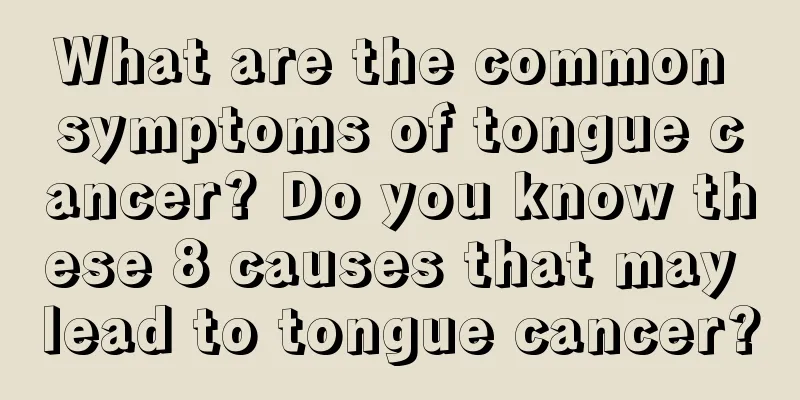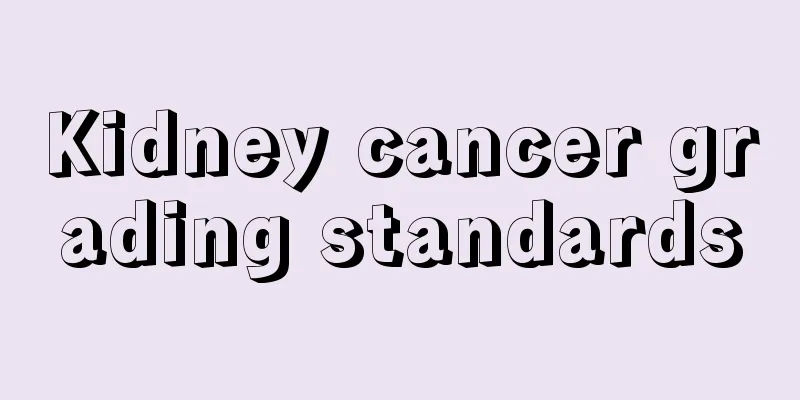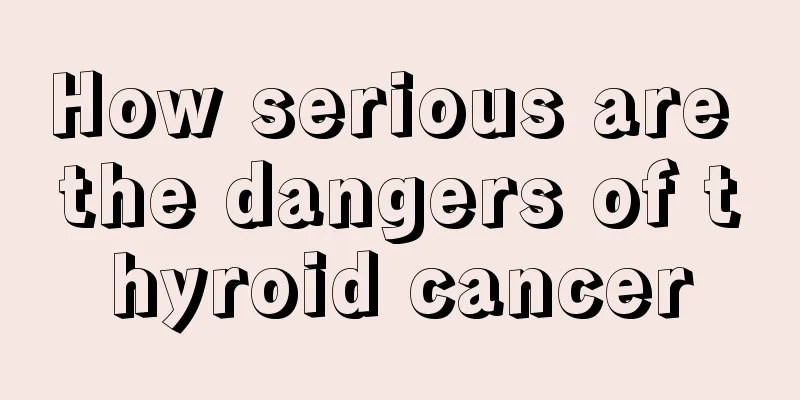What are the symptoms of adrenocorticotroph cell tumor

|
The human body is rich in many hormones, which play a great role in the energy consumed in people's daily activities. Among them, the well-known adrenocortical hormone is of great help to human metabolism, so once any problems arise, patients and their families need to pay attention to it. So many people want to know what are the symptoms of adrenocorticotrophin cell tumor? The main manifestation is pituitary ACTH-dependent Cushing's syndrome, with an average course of 3-4 years. Most patients occur in young and middle-aged people, with more women than men. (1) Disorders in fat metabolism and distribution: Obvious centripetal obesity, moon face, buffalo hump, supraclavicular fat pad, and relatively thin limbs. (2) Abnormal protein metabolism: catabolism is greater than anabolism, resulting in thin skin, dilated capillaries, sanguineous texture, and purple striae on the skin. Muscle weakness, muscle atrophy, poor wound healing and infection. Osteoporosis, back pain, and susceptibility to pathological fractures. (3) Abnormal glucose metabolism: leading to abnormal glucose tolerance (75%) and diabetes (8%-10%). (4) Water and electrolyte metabolism disorders: hypokalemia, hypochloremia, and hypernatremia. Severe cases may lead to hypokalemic alkali poisoning, which requires emergency treatment. Water and sodium retention can cause hypertension, with an incidence rate of 80%-90%. (5) Effects on gonadal function: Excessive cortisol inhibits pituitary gonadotropin. 71%-87% of female patients experience decreased libido, oligomenorrhea, amenorrhea, galactorrhea, and infertility; about 20% of male patients experience decreased libido, impotence, decreased sperm count, and testicular atrophy. The secondary increase in adrenal cortex male hormones can lead to acne (mostly on the face, chest and back), increased vellus hair in women, beard growth, and enlarged Adam's apple. (6) Other manifestations: Some patients suffer from mental abnormalities, depression being the most common. If the disease occurs before puberty, it will seriously affect growth and development. Late-stage patients often die from complications of cardiovascular and cerebrovascular diseases, respiratory diseases, and infectious diseases. 1. Surgical treatment: Once the diagnosis of Cushing's disease is established, the ideal first-choice treatment method is transsphenoidal microsurgical resection of the pituitary ACTH adenoma in order to achieve cure without causing permanent adrenal and pituitary insufficiency. Since ACTH microadenomas are mostly buried in the pituitary gland, it is recommended to perform a "rice"-shaped incision of the pituitary during surgery, which can prevent omissions and facilitate the exposure of the pituitary tissue around the lesion. In addition to tumor removal, subtotal resection of the peritumoral pituitary tissue (adolescents and adults who wish to have children) or subtotal resection (adults who do not wish to have children) should also be performed. Resection of the peritumoral pituitary tissue can improve the surgical efficacy. If no lesion is found during exploration, subtotal hypophysectomy should be performed rather than total hypophysectomy. Literature reports that the overall cure rate of Cushing's disease is between 74% and 84%. The cure and remission rate of Cushing's disease in our hospital is 88.7%, including 91.7% for ACTH adenoma, 72% for ACTH cell hyperplasia, and 80% for those with neither adenoma nor hyperplasia. The efficacy of different resection methods is different. The cure and remission rate of subtotal resection of the tumor and peritumoral pituitary tissue is 95.9%, that of subtotal resection of peritumoral pituitary tissue is 86.7%, and that of selective resection of the tumor alone is 80%. In most patients, cortisol levels drop rapidly to normal or below normal about one week after surgery. The cortisol levels within one week after surgery are consistent with the levels 3 to 6 months after surgery. Patients who experience symptoms of hypocortisolism after surgery usually need 3 to 12 months to recover. The recurrence rate of pituitary ACTH adenoma after surgery is between 6% and 25%. For those who have not been relieved or have relapsed and are still diagnosed with pituitary origin after examination, transsphenoidal pituitary exploration and total hypophysectomy should be the first choice. Radiotherapy, adrenalectomy or drug treatment can also be chosen according to the specific situation. 2. Radiotherapy The effectiveness of pituitary radiotherapy for Cushing's disease is 40% to 50%, and children are better than adults. It is currently used mostly for adjuvant therapy. 3. Drug treatment can be divided into two categories: drugs acting on the adrenal glands and central nervous system. The former include aminodole, metyrapone, dichlorobenzene, mitotane, ketoconazole, etomidate, etc.; the latter include cyproheptadine, bromocriptine, dimethylergonovine, ergonitrile, etc. The above drugs can only temporarily relieve symptoms. Once the drugs are stopped, the symptoms may relapse quickly. Moreover, the drugs are only effective for some patients. Drug therapy still has certain side effects and cannot be used for a long time. Therefore, it is only used for preoperative preparation and adjuvant treatment of delayed radiotherapy for patients with poor results after surgery and radiotherapy and for frail patients. I hope everyone can learn more about the symptoms of adrenocorticotroph cell tumor. In order to better prevent the occurrence of this disease and its failure to be discovered in time, the above article not only introduces the symptoms of adrenocorticotrophin cell tumor, but also introduces some corresponding treatment methods. There is no harm in learning more about it. |
<<: What is the cause of moderate spleen enlargement
>>: What is the reason for the red bumps on the glans?
Recommend
Treatment for leg pain, a few simple tricks to relieve it
People who often suffer from leg pain need to go ...
Early symptoms of uterine cancer Uterine cancer
Early symptoms of uterine cancer usually include ...
What can and cannot lung cancer patients eat?
Lung cancer is also a terrible cancer. In the ear...
Will a benign melanocytic nevus grow?
Benign melanocytic nevi are relatively easy to re...
Side effects of rapeseed pollen
Rapeseed is the most common crop, and rapeseed ca...
What are the treatments for elbow bone spurs
The situation of elbow bone spurs is relatively s...
Experts explain how to relieve brain cancer pain
Headache is the most common symptom of brain canc...
T3 high
Thyroid function test is a very common examinatio...
Will drinking too much bitter buckwheat cause internal heat?
We often drink various kinds of tea in our daily ...
How to effectively shrink pores
Many female friends will encounter various annoyi...
Can lung cancer patients eat sea cucumbers? Eating some sea cucumbers in moderation can improve the body's anti-cancer ability
Lung cancer patients can usually eat some sea cuc...
Urgent! ! I have eye pain after radiotherapy and chemotherapy for nasopharyngeal carcinoma. Is it a recurrence? ?
Urgent! ! I have eye pain after radiotherapy and ...
Will eating only meat and no vegetables cause colon cancer?
I am 45 years old this year. Because of my work, ...
When is the best time to drink Fengmi
The nutritional content of Feng honey is very hig...
How to treat multiple nodules of liver cancer?
Cirrhosis nodules are benign, but can turn into l...









